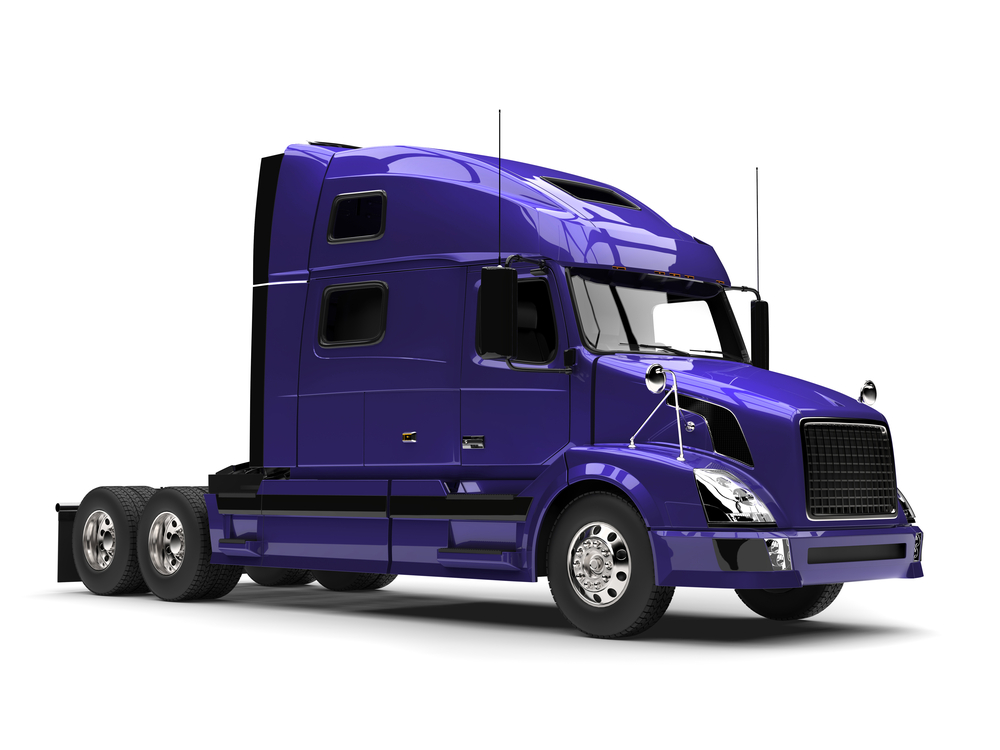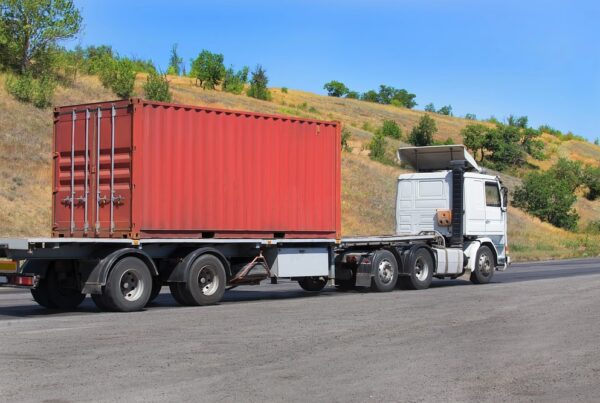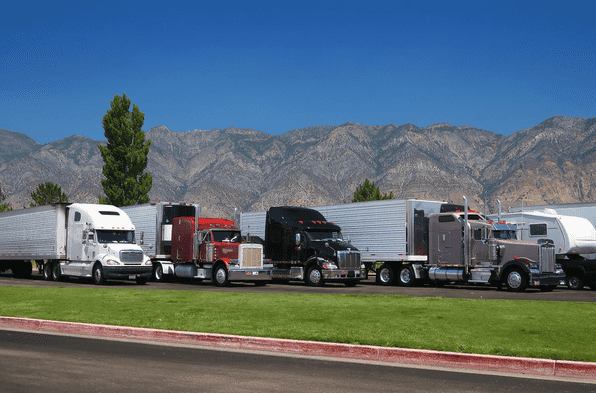Introduction
When comparing power-only trucking to full trucking, the key distinction lies in the ownership and operation of the trailer. In full trucking, a single entity owns both the power unit and the trailer, allowing for more control over the entire transportation process. However, this can sometimes lead to inefficiencies, especially when trailers are not in constant use.
Power-only trucking, on the other hand, optimizes resource utilization by allowing multiple companies to share trailers, thereby reducing idle time and increasing overall efficiency. Additionally, power-only trucking provides flexibility for companies to scale their operations according to demand fluctuations without the need to invest in additional trailers.
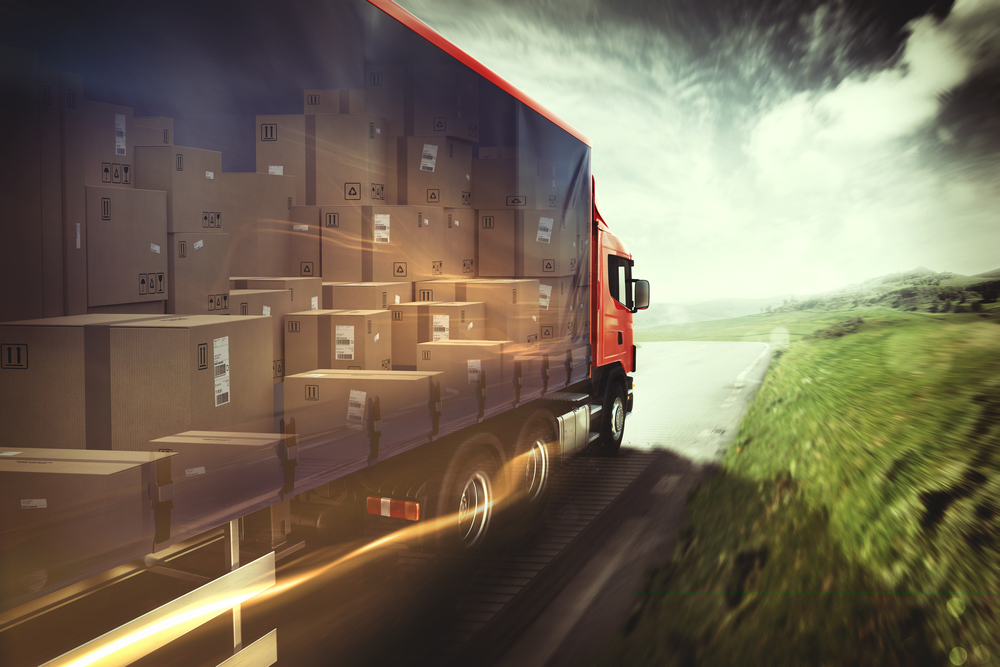
Benefits of Power Only Trucking
Power-only trucking offers several benefits to companies in the transportation industry. Firstly, it provides increased flexibility, serving as a viable truckload capacity solution. By decoupling the tractor from the trailer, companies can efficiently match available tractors with trailers, optimizing resource allocation and minimizing downtime. This flexibility allows companies to respond quickly to changing demands and market conditions, ultimately enhancing their competitiveness in the industry.
Another significant advantage of power-only trucking is the potential for reduced costs. Since companies only need to invest in tractor insurance and maintenance, rather than both tractor and trailer expenses, overall operational costs can be significantly lowered. Outsourcing trailer ownership and maintenance to other entities allows companies to focus their resources on core business activities, improving their financial performance and sustainability.
Power-only trucking enables the hauling of multiple trailer types, including flatbeds, dry vans, and reefers, further expanding the range of services offered. This versatility allows companies to diversify their clientele and cater to a broader range of shipping needs. Additionally, the efficient use of trailers, such as utilizing empty trailers and participating in trailer pools, maximizes trailer utilization rates, reducing idle time, and enhancing overall operational efficiency. As a result, companies can optimize their transportation networks, improve service levels, and ultimately drive greater profitability.

Power Only Trucking for Different Parties
Power Only Carriers
Power-only trucking serves as a strategic solution for different parties within the transportation industry, particularly power-only carriers. These carriers specialize solely in providing drivers and power-only services, freeing them from the complexities and expenses associated with trailer ownership. By focusing exclusively on the power unit, carriers can streamline operations, optimize resource allocation, and reduce overhead costs. These carriers can haul multiple trailer types, allowing them to support more than one trucking company. This specialization not only enhances operational efficiency but also allows carriers to offer competitive pricing and reliable transportation services to their clients.
Carriers can tap into a variety of resources and strategies to secure profitable opportunities. Load boards and freight marketplaces serve as valuable platforms where carriers can browse available loads, bid on contracts, and negotiate terms with shippers or brokers. Additionally, advanced technologies provide insights into the next power-only load, enabling carriers to plan routes effectively and minimize downtime. By leveraging these tools and approaches, carriers can optimize their load acquisition process, maximize revenue potential, and maintain a steady flow of business in the dynamic transportation market.
Power Only Shippers
Power-only trucking offers distinct advantages for power-only shippers, who typically own their equipment but may choose to lease trailers as needed. By adopting a power-only approach, these shippers can focus on their core operations without the additional responsibilities and costs associated with maintaining a fleet of trailers. Instead, they have the flexibility to lease trailers on demand, allowing them to scale their transportation capacity according to fluctuating shipment volumes and market demands. This flexibility not only streamlines operations but also helps to optimize resource allocation and reduce overhead costs for power-only shippers.
One of the key benefits of power-only trucking for shippers is the ability to optimize both driver capacity and trailer capacity. By separating the power unit from the trailer, shippers can efficiently match available drivers with trailers, ensuring maximum utilization of both assets. This optimization minimizes idle time and reduces transportation costs, ultimately enhancing the efficiency and profitability of shipments. Additionally, power-only trucking enables shippers to leverage their existing resources more effectively, allowing them to focus on meeting customer demands while minimizing operational complexities.
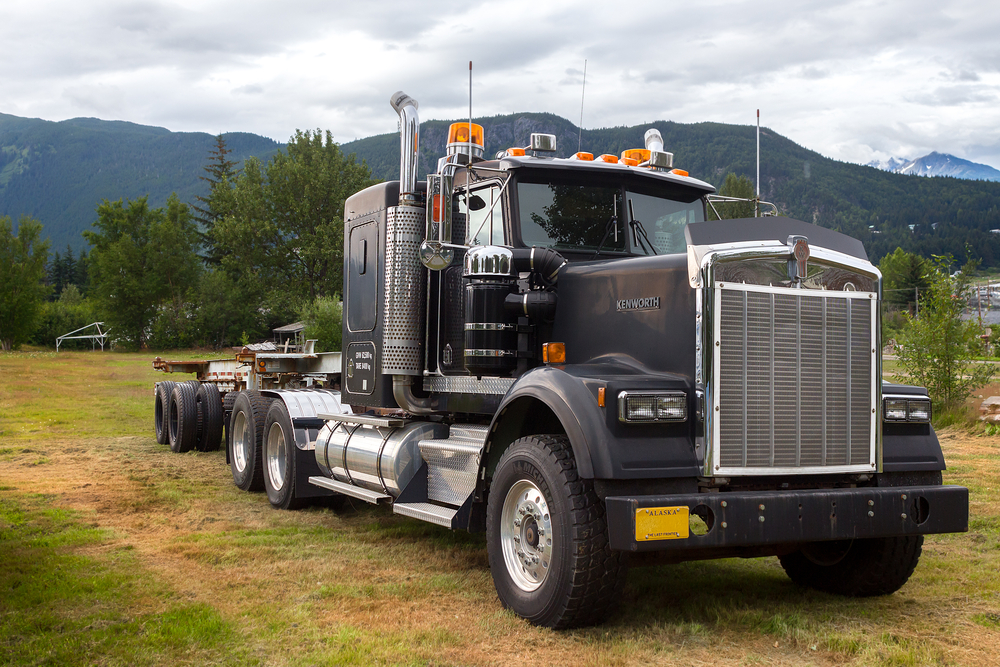
Power Only Trucking in the Trucking Industry
Disruptions and Network Imbalances
Power-only trucking plays a crucial role in addressing disruptions and network imbalances within the trucking industry. One significant challenge in logistics is managing the flow of goods efficiently, especially during periods of high demand or unexpected disruptions. Power-only trucking helps mitigate these challenges by allowing for more agile and responsive transportation solutions.
By decoupling the power unit from the trailer, companies can swiftly match available resources with demand, optimizing routes and minimizing delays. This flexibility enables businesses to adapt to changing market conditions more effectively, reducing the impact of disruptions and improving overall supply chain resilience.
Power-only trucking addresses issues related to empty trailers and wait times, which are common inefficiencies in traditional trucking operations. Empty trailers represent wasted capacity and contribute to increased costs for companies. By leveraging power-only trucking, businesses can better manage their trailer inventory and reduce the occurrence of empty hauls.
Additionally, separating power units from trailers minimizes wait times by allowing drivers to quickly pick up new loads after delivering their current shipment. This optimization of trailer utilization and reduction of wait times enhance operational efficiency, ultimately leading to cost savings and improved service levels for both carriers and shippers.
Power Only vs. Regular Truckload Carriers
When comparing power-only trucking to regular truckload carriers, one significant distinction lies in specialization. Regular truckload carriers often specialize in specific types of freight, such as open deck, dry van, or reefer shipments. This specialization allows them to tailor their services to the unique requirements of different cargo types, providing specialized equipment and expertise to meet customer needs effectively.
Power-only trucking focuses solely on providing the power unit for transportation, irrespective of the cargo type or trailer configuration. While this approach offers flexibility and efficiency in matching power units with trailers, it may lack the specialized capabilities and equipment that regular truckload carriers offer for handling specific types of freight.
Cost-effectiveness is a key consideration when comparing power-only trucking with regular truckload carriers. While both models aim to optimize transportation costs, their approaches differ significantly. Regular truckload carriers often operate on a per-mile basis, charging shipping dollars based on distance and cargo characteristics.
Power-only trucking may offer cost advantages in terms of reduced overhead expenses associated with trailer ownership and maintenance. By outsourcing trailer-related costs to other entities, power-only trucking can provide competitive pricing options for transportation services. However, the overall cost-effectiveness depends on various factors, including shipment volume, distance, and cargo type, making it essential for businesses to evaluate both options based on their specific requirements and budget considerations.
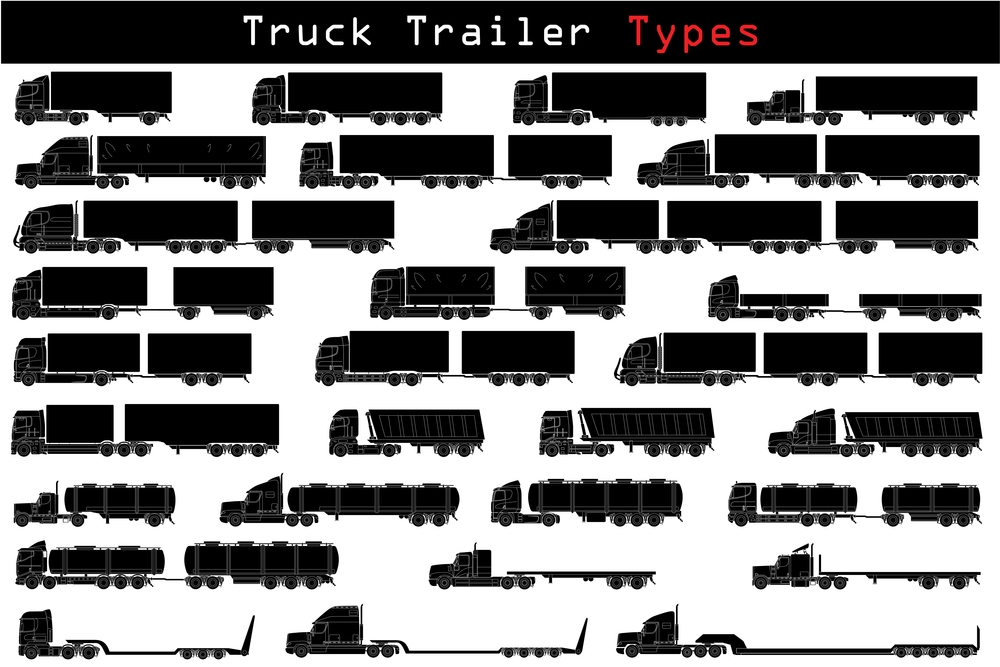
Conclusion
The future of power-only trucking appears promising, with continued growth in power-only solutions expected to reshape the transportation industry. The adoption of power-only trucking is driven by its ability to enhance supply chain efficiency through increased flexibility, reduced costs, and improved resource utilization. As businesses consider integrating power-only solutions into their operations, it is crucial to conduct due diligence to determine the most suitable approach, whether through owning equipment or leasing trailers. Finding the right power-only partner is also essential, whether collaborating with established trucking companies or specialized power-only carriers, to ensure seamless operations and maximize the benefits of this innovative transportation model.

